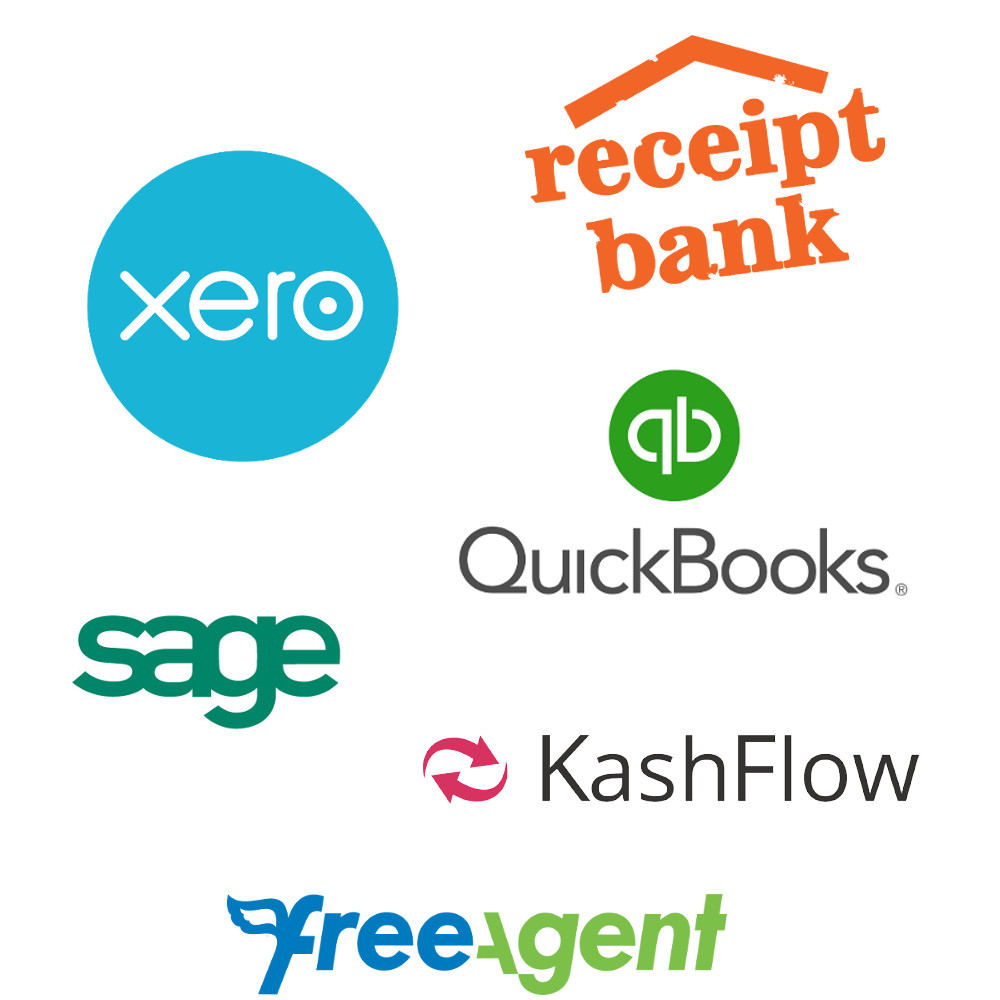HOW IS THE BILL CALCULATED?
The VAT account provides the link between the digital VAT records and the VAT return submitted to the Revenue.
Under MTD for VAT, the information which must be held in the VAT account must be maintained digitally and this is referred to as the ‘electronic account’.
To demonstrate a link between the output tax in the business records and the output tax on the VAT return, the electronic account must contain a record of:
- output tax owed on sales
- output tax owed on acquisitions from other EU member states
- any tax to be paid on a supplier’s behalf under a reversecharge procedure
- any tax owed following a correction or error adjustment
- any other adjustment required by the VAT rules
Similarly, to demonstrate the link between the input tax in the businessr ecords and the input tax on the VAT return, the electronic account must contain a record of:
- input tax which can be claimed on business purchases
- input tax allowable on acquisitions from other EU member states
- tax that can be reclaimed following a correction or error adjustment
- any other necessary adjustment.
Where adjustments are required, only the total value for each type of adjustment will need to be kept digitally.
However, while the underlying calculations don’t have to be made digitally or using software, and can be performed manually or by using spreadsheets if preferred, using software should reduce the risk of errors. The electronic account is vital as the information held in it will be used to calculate and complete the VAT return using functional compatible software





















